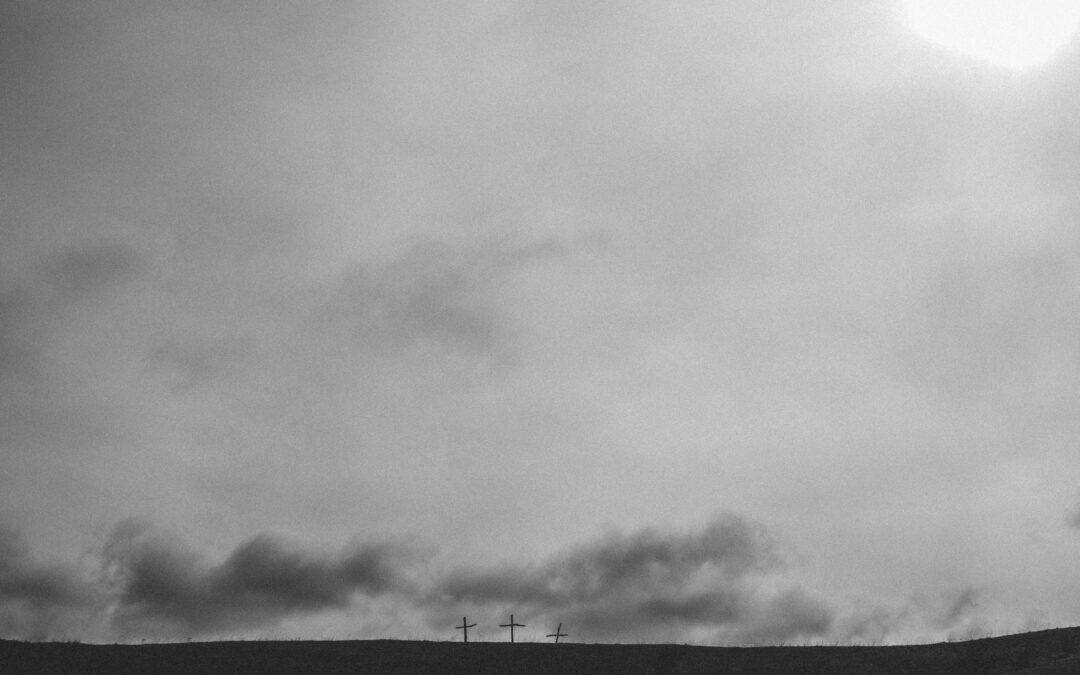Luke uses allusions to the world’s darkness, the Death of the Innocents, and Rachel’s weeping to describe Jesus’ death in his gospel (23:44-49). So the crucifixion carries the burden of history’s sin and law, man’s lostness and Israel’s longing.
After the burial, Luke uses the turn of the week, day’s dawn, and dazzling angelic attire to bathe readers in the resurrection’s light (24:1-12). Yet the body’s absence, the women’s perplexity, the angels’ reference to Jesus’ promise, the disciples’ doubt, and even Peter’s observation of the empty tomb look beyond the singular resurrection of Christ to foreshadow the promised future resurrection of all at the Second Coming.
But between the darkness of Christ’s Good Friday and the bright promise of his Resurrection Sunday lies Saturday’s threshold: the burial, the tomb (23:50-56). On that silent day, Jesus reclines in the tomb that a wealthy, righteous man prepared for himself but gives away to a prophet whose poverty provided him nowhere to lay his head (9:57). After the cross’ atonement, but before the promise’s fulfillment, Joseph chooses faith in the kingdom of God: he gives to the needy, providing for himself a treasure in heaven that does not fail (12:33-34). And so do the women who keep the Sabbath as they prepare the spices for Sunday.
We look back through the crucifixion to the condemnation of our sin, and repent. We look forward through Christ’s resurrection to the promise of our future, and hope. But we live in the often silent reality of a world between, and believe.
This week, may we stand in faith between the cross’ accomplishment and the resurrection’s promise.

